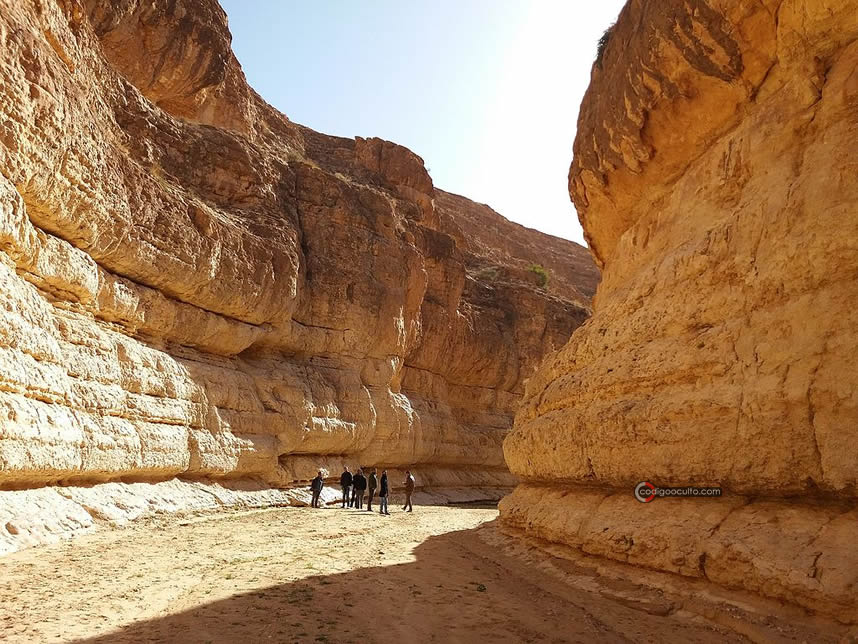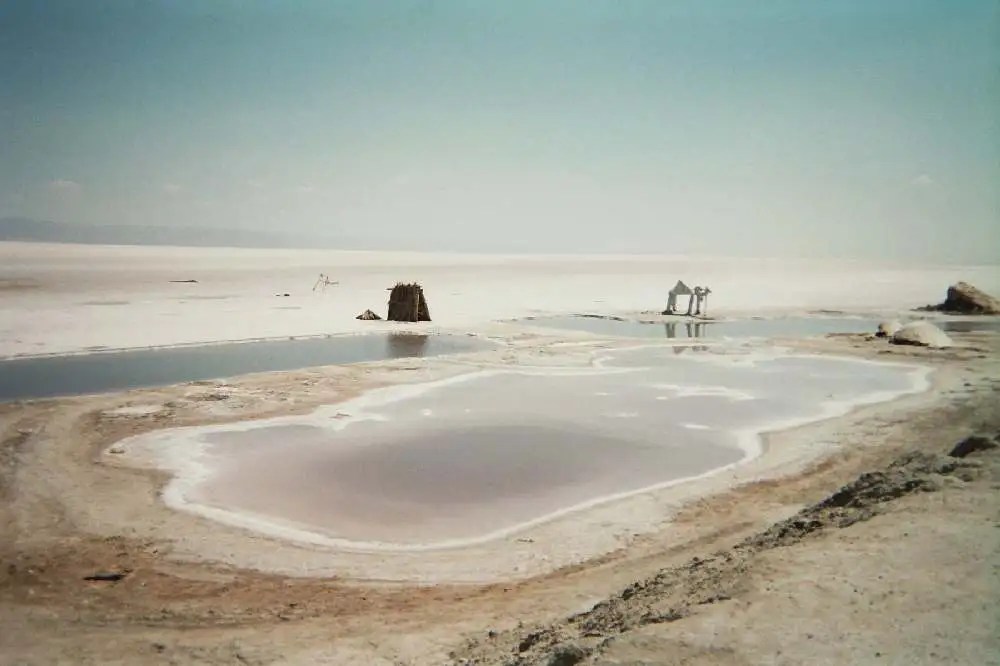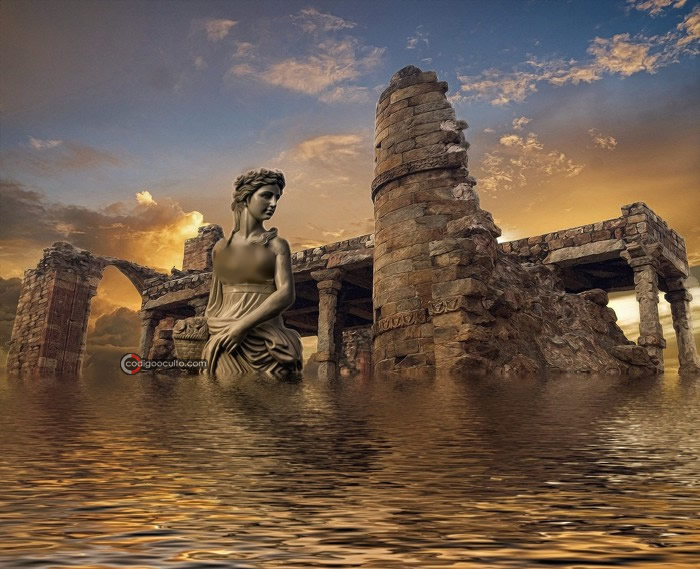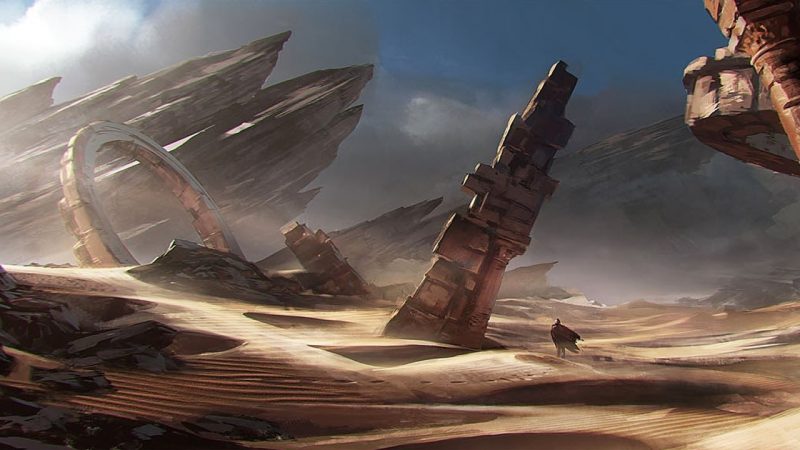Over the centuries many stories related to the existence and mysterious disappearance of Atlantis have been written . That is why it is considered one of the most widespread and interesting myths of classical prehistory. According to the legend, this advanced civilization sank under the waters without leaving any trace.
Unfortunately, ruins or archaeological remains could never be located, suggesting its possible location somewhere on the planet. Although different personalities throughout history have published their research providing interesting data on the subject.
One of those characters was the famous Greek writer Plato, who described a probable place where Atlantis would have been . But he was not the only one who dared to do it, in recent times other researchers have done it too. As incredible as it may seem, there is a coincidence on these possible places, it is about what is currently Tunisia.
Evidence of the existence of a Tunisian Atlantis
The country that we know today as Tunisia , has one of the oldest historical records of humanity. Archaeological excavations carried out to the south revealed that the region was inhabited by people 100,000 years ago .
Hence, Tunisia has been the cradle of some of the most developed cultures and civilizations in Europe. It was also recognized and mentioned by both ancient Greek and Egyptian writers.

Even the prestigious philosopher Plato of Greece, 2,400 years ago, came to point out that in ancient Tunisia there was a specific place, where the extinct Atlantis could have been based. It is not a secret that Plato dedicated himself for many years to that unsuccessful search and the tests led him to that conclusion.
In particular, Plato was referring to a place that by his description corresponds to the current city of Tozeur, very close to the many salt lakes that exist in the region.
Modern scholars agree with Plato
Efforts to try to find the location of the disappeared Atlantis have lasted over time, involving people of different times and nationalities. There are two personalities who, in the 1920s, agreed with Plato, when mentioning a certain place in Tunisia as the location of the lost civilization.
One of them was the scholar Albert Herrmann, who by deduction managed to establish a connection between the Chott el Djerid salt lake , with the Tritonis lake mentioned by Plato in his investigations. According to several writings made by the Greek literati, they located said lake in some part of the south of present-day Tunisia.

On the other hand, Dr. Paul Borchardt , a great scholar of the 20s, toured Tunisia driven by his research to establish the location of Atlantis. After years of collecting information and comparing ancient data, he concluded that under the sands of that country was the lost civilization.
Specifically, he pointed out that it could have been found somewhere between the modern city of Gabes ( Tacapae ) and the dry lake of Tritonis or Chott el Djerid. Gabes’s roots are very ancient, so much so that the ancient Greeks mention her by name in several of their reviews.
The salty lakes of Tunisia: a great enigma
Borchardt ‘s research highlights that the Hammeina dry lake was possibly an offshoot of the Chott el Djerid. This led him to conclude, by simple deduction, that on some occasion this lake had the name ” The Lake of the Atlanteans “, which was later called Tritonis.

It is interesting to note that Paul Borchardt himself led, for some time, a series of excavations around the Gabes dry lakes. The results were surprising, since ruins of an ancient city were found , as well as parts of an irrigation system. Unfortunately he was forced to suspend the excavations.
The change in topography
The historical records of the region where Tunisia is currently located, has undergone great changes in its topography. This is pointed out by several historians, among whom is the Greek Diodorus Siculus . According to him, a cataclysmic event devastated that vast area of North Africa around the year 1250 BC. c.

These devastating earthquakes may be the same ones that caused the collapse during the so-called ” Bronze Age ” . They are also credited with being responsible for the appearance of the many salt lakes that are now dry, because seismic activity separated the great Gulf from the rest of the Mediterranean.
So far they are just theories based on many coincidences, but nothing concrete due to the lack of physical evidence. The truth is that Atlantis continues somewhere under the earth, it may really be in Tunisia.









